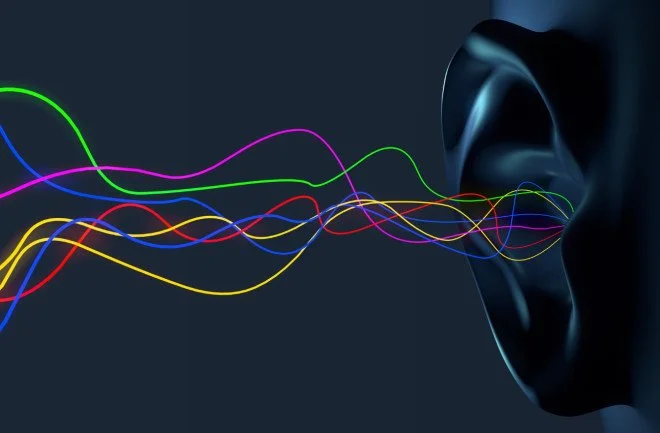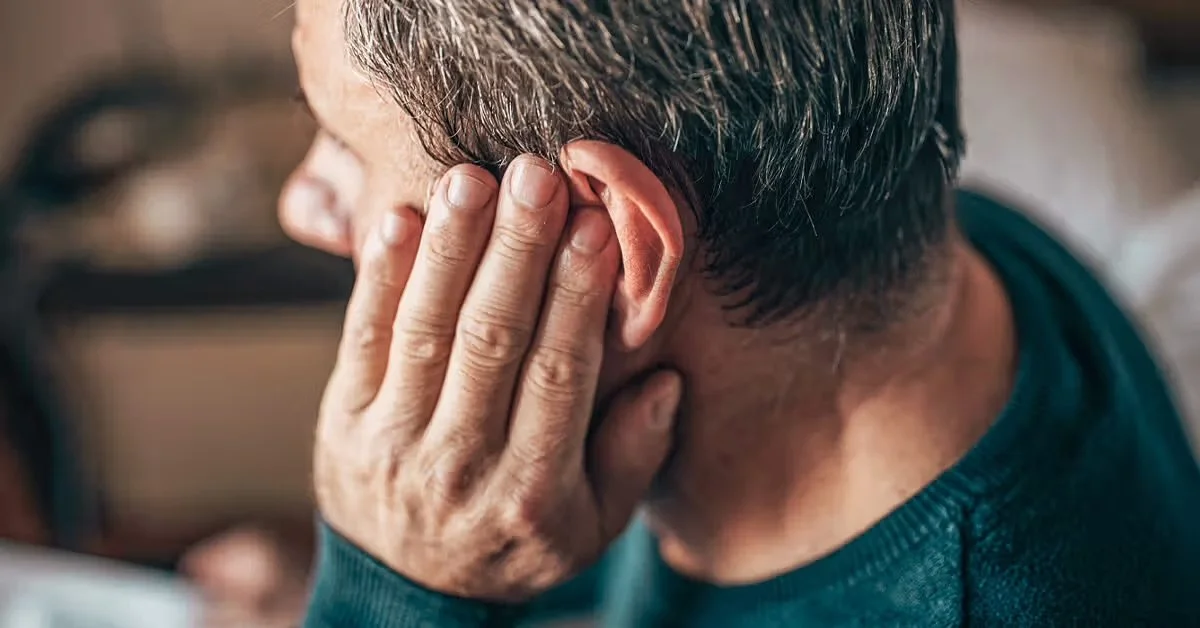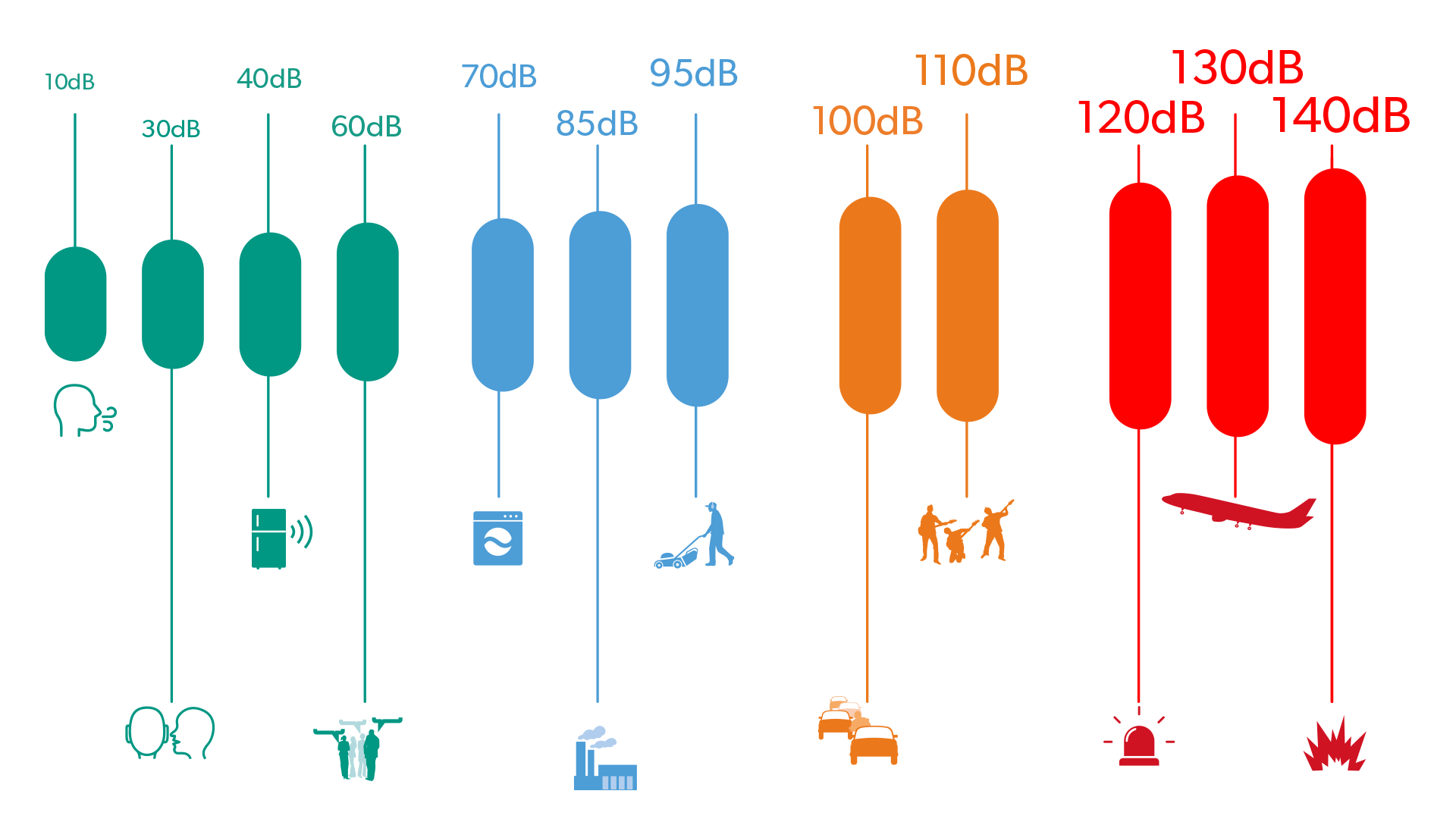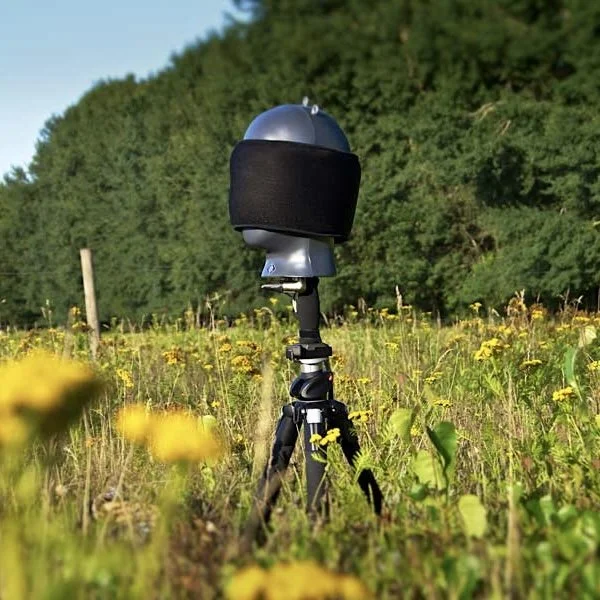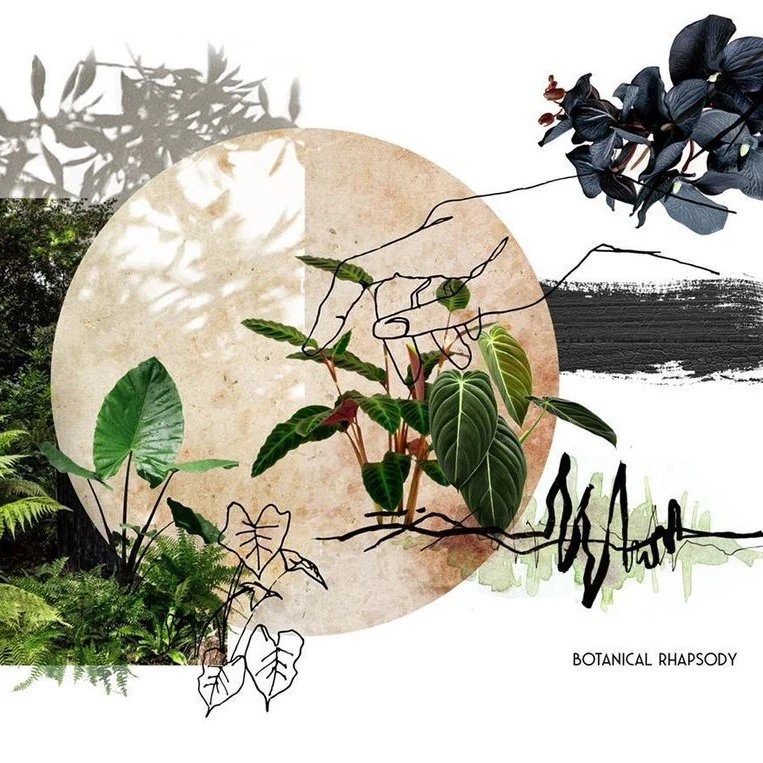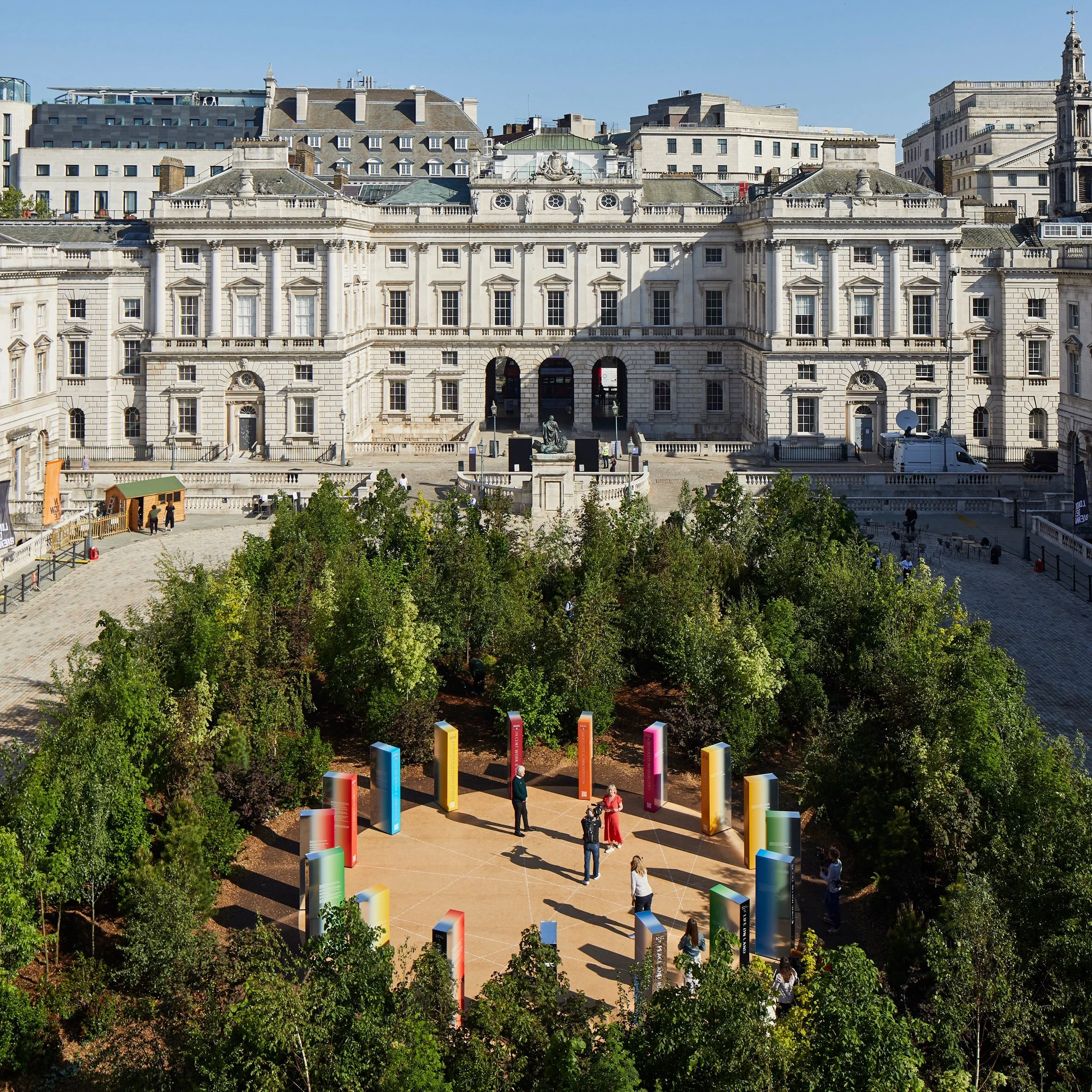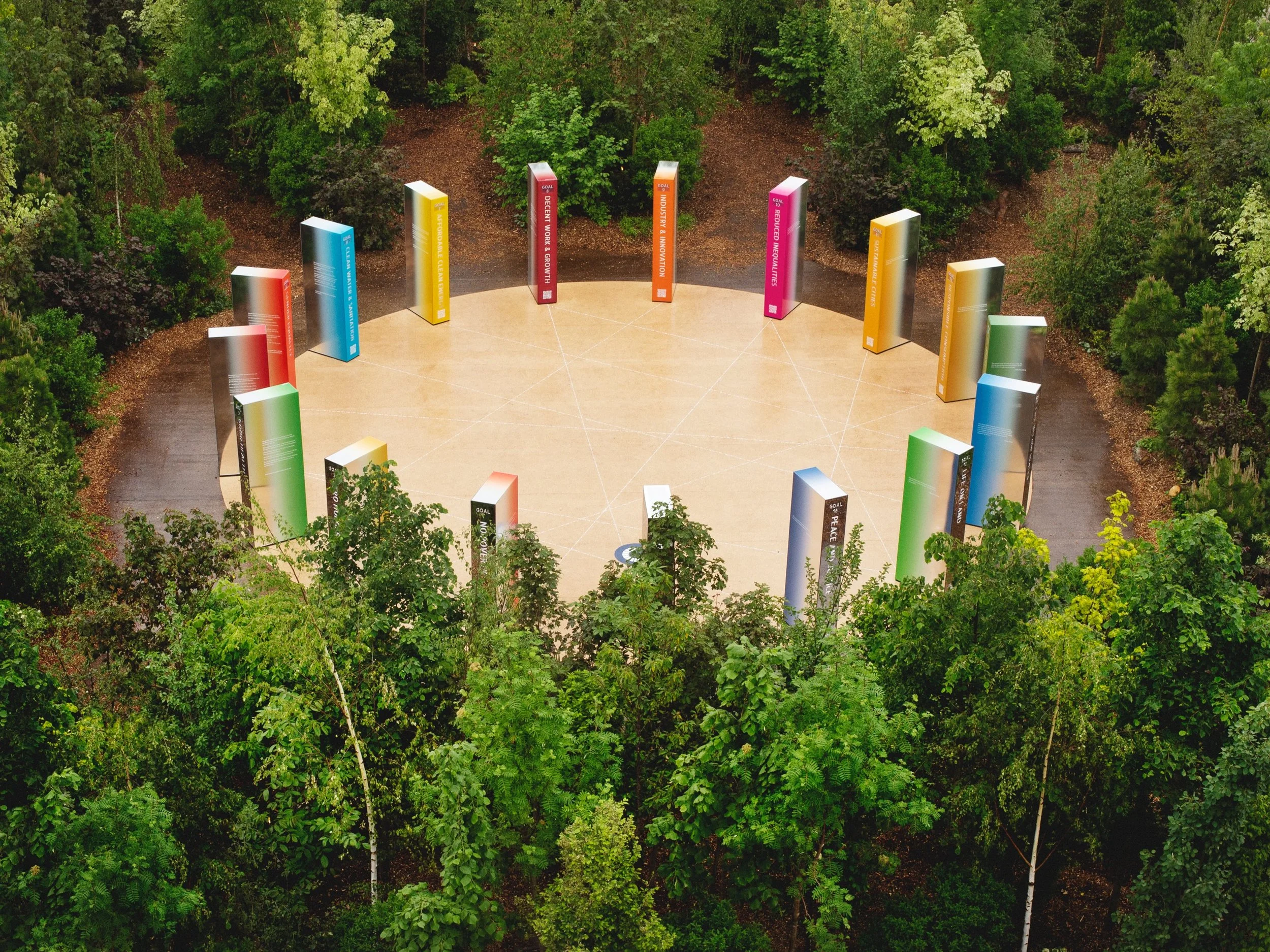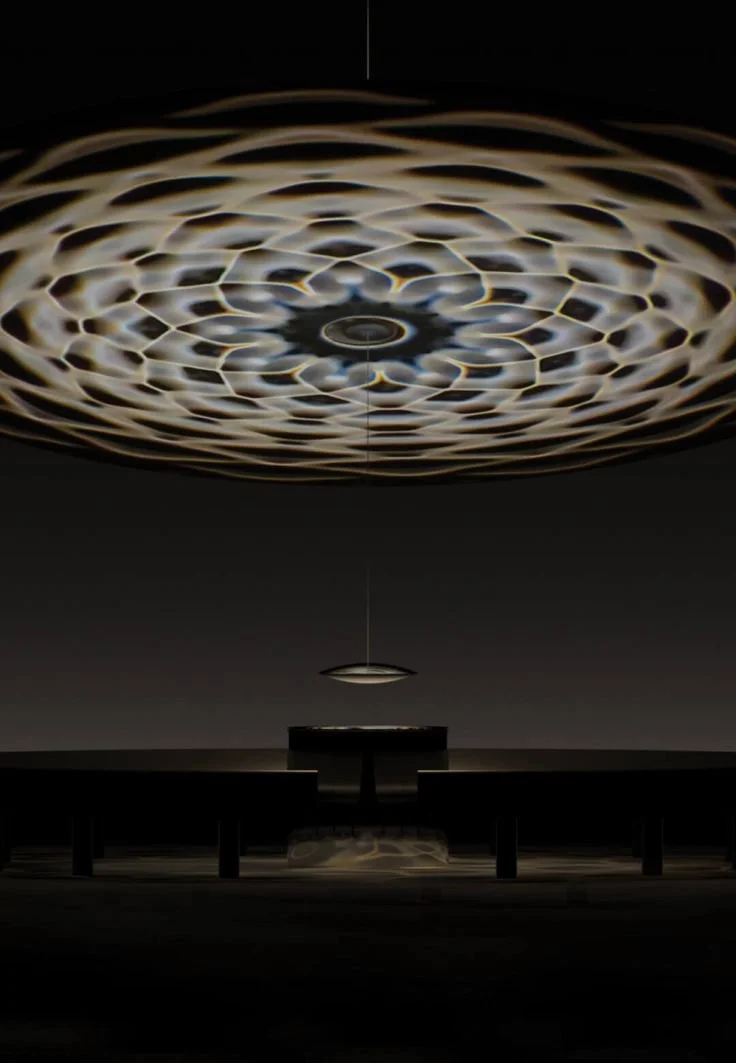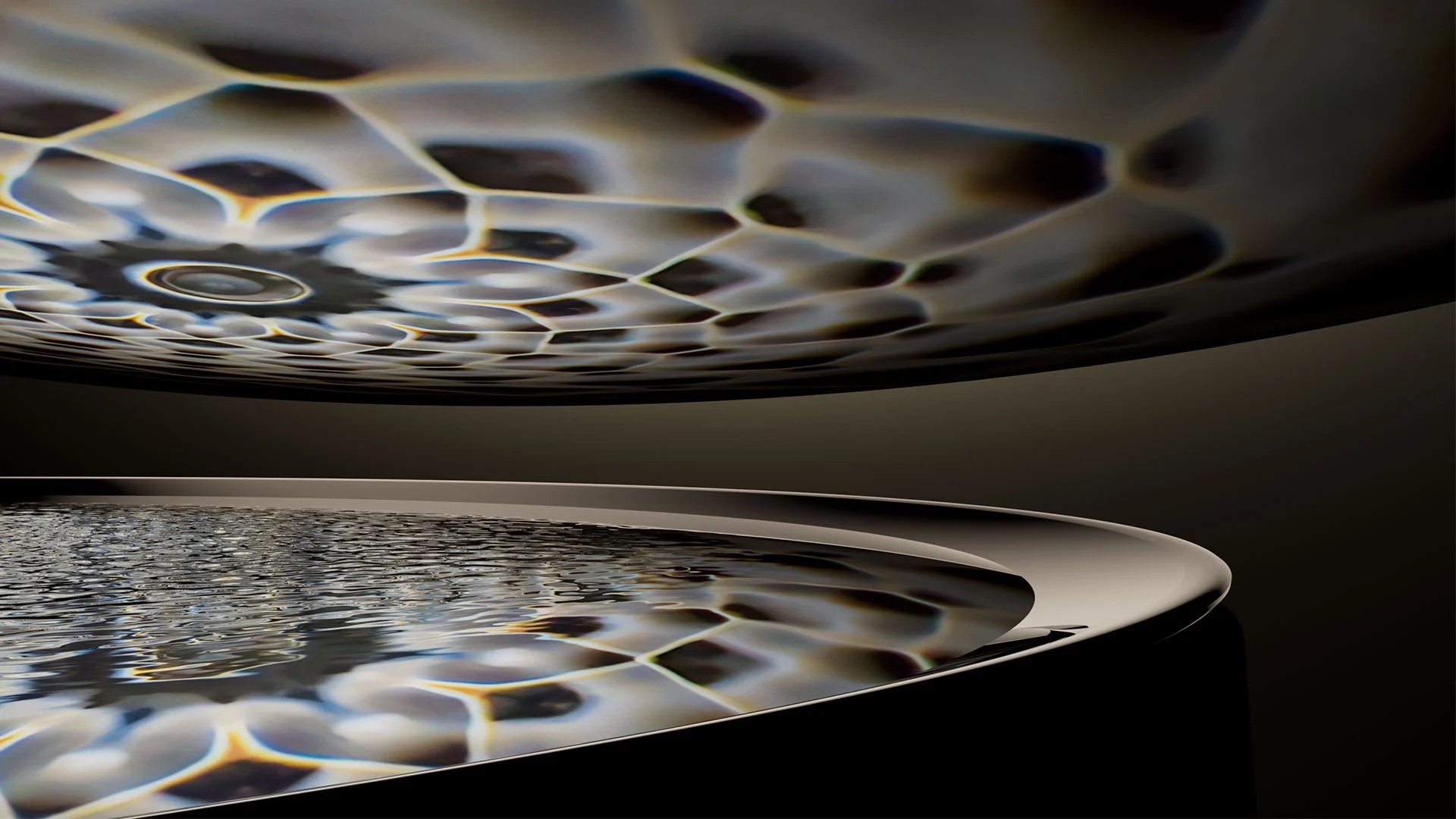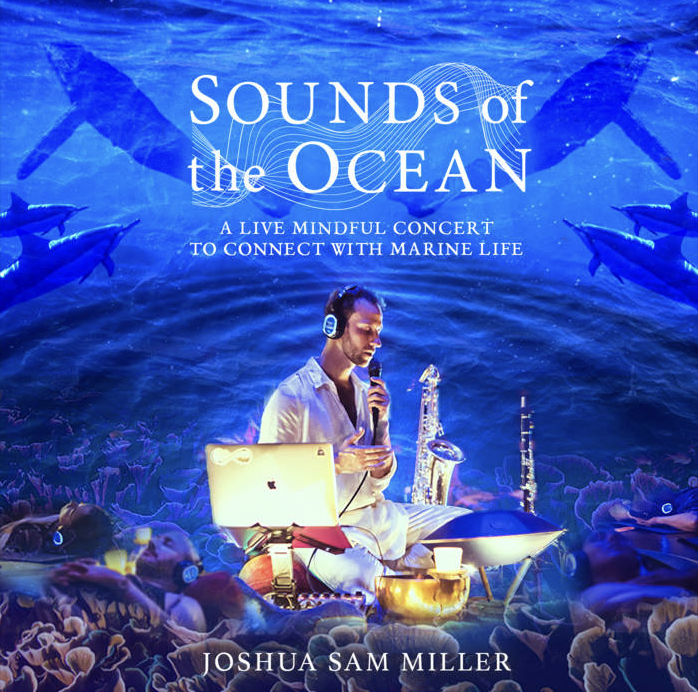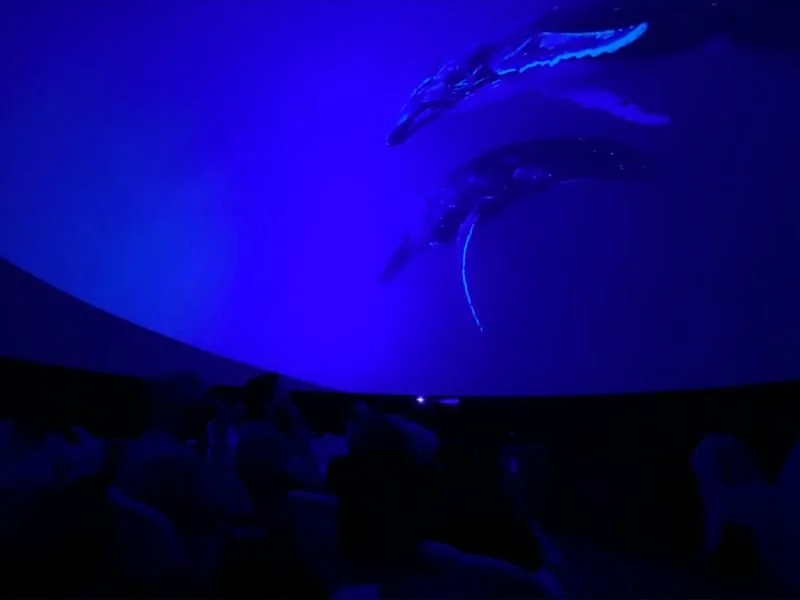Noise Pollution & the Psychoacoustic Potential of Conscious Sound Design
Millions of people around the world are adversely affected by noise pollution, but we rarely hear enough about it. Before we begin, think about all the unwanted noise in your life, inside your home, and around the places you frequent. Studies have highlighted a direct link between excessive noise and health —noise-related discomfort can lead to serious health issues.
For example, the World Health Organization (WHO) identifies noise pollution as one of the most dangerous environmental threats to health, estimating that excessive traffic noise alone accounts for over 1 million healthy years of life lost annually to ill health, disability or early death.
This invisible menace interferes with crucial everyday activities such as sleep and conversation, disrupting and diminishing quality of life. There’s more we can and should be doing about noise pollution, and the answer to real progress is hiding in plain sight.
In addition to exploring the ill effects of noise more deeply, let’s take a close look at how mirroring the solutions offered by the natural world – through more thoughtful, noise-sensitive architecture – might help address this pervasive issue.
In this particular installment, we’ll delve into the strategic potential of using nature as a reference and tool to successfully mitigate noise pollution in built environments. By the time you’re finished reading, you should have a strong foundation from which to draw inspiration, for building interiors that handle and redirect noise from a more humane perspective, to the benefit of all stakeholders.
We’ll accomplish this by analyzing case studies of well-executed art experiences and installations that provide a glimpse of what’s next in conscious sound design.
The Health Consequences of Noise Pollution
The fact that you can’t see, taste or smell it may help explain why noise pollution has not received as much attention as other types of pollution, such as air or water pollution.
Yet the air around us is constantly vibrating with sounds, many of them much louder or more disturbing than is healthy. More commonly perhaps, noise pollution is categorized as an annoyance. But this “annoyance” can have major negative consequences on a person’s overall health:
Hypertension – In this case, a direct result of noise pollution that causes elevated blood levels for a longer period of time.
Hearing loss – Whether listening to loud music in your headphones or through exposure to drilling noises, heavy air or land traffic (or other incidents in which it reaches dangerous levels), excessive noise can lead to partial or near-total loss of hearing over time
Sleep disturbances – Often caused by constant air or land traffic at night, noise that disrupts sleep can result in serious health conditions that can affect everyday performance and/or lead to other diseases.
Childhood development – Children appear to be more sensitive to noise pollution, and a number of noise-pollution-related diseases and dysfunctions are known to affect children more acutely, from hearing impairment to psychological and physical effects. Additionally, children who regularly listen to music at high volumes risk developing hearing dysfunctions. In 2001, it was estimated that 12.5% of American children between the ages of 6 and 19 had impaired hearing in one or both ears.
Various cardiovascular dysfunctions – Elevated blood pressure caused by noise pollution, especially during the night, can lead to various cardiovascular diseases.
Dementia – Although not caused by noise pollution, the onset of dementia can be compounded by it.
Psychological dysfunction – Noise annoyance can again be considered too mild a term, when it comes to the long-term psychological effects of excessive and/or disturbing sound. In fact, frequent or loud noise can trigger anxiety or stress, and people living with noise pollution may feel irritable, on edge, frustrated, or angry, as reported by Medical News Today.
Let’s establish parameters. The WHO defines noise above 65 decibels (dB) as noise pollution. To be more precise, noise becomes harmful when it exceeds 75 decibels (dB) and becomes painful above 120 dB. All this considered, it’s recommended that noise levels be kept below 65 dB during the day. And, at night, ambient noise in excess of just 30 dB can render restful sleep impossible.
Consider all this in context.
A white collar employee engaged in an 8 hr workday, close to a busy road or highway, is likely to be exposed to traffic noise pollution around 85 dB. This is just one noise source of many. Noise levels compound as different sources contribute to the overall decibel level. Such an employee is experiencing unhealthy levels of noise, despite working in a designed environment and not, for example, on a construction site (where protective earwear is used).
This type of pollution is so omnipresent in today’s society that we often fail to even notice it anymore:
Street traffic sounds from cars, buses, pedestrians, ambulances, etc.
Construction sounds from drilling or other heavy machinery in operation
Airports, with constant elevated sounds from air traffic
Workplace sounds, common in open-space offices
Constant loud music in or near commercial venues
Industrial sounds like fans, generators, compressor, mills
Train engine traffic and blast horns
Household sounds, from television to music playing on the stereo or computer, to vacuum cleaners, fans and coolers, washing machines, dishwashers, and lawnmowers
Events involving fireworks and/or loudspeakers
Conflicts featuring gunfire
While there’s only so much that can be done architecturally to protect against and combat such noise pollution, innovations in design can take solutions a step further – by focusing not only on muting undesirable noises but also on replacing them with healthier sounds.
Nature-Inspired Sound: An Evolutionary Approach to Design
Nature-inspired sound design can help accomplish this reversal away from noise pollution and towards healing sound.
After any steps at general noise reduction, the addition of a dynamic soundscape inspired by nature can help turn a persistent problem like unhealthy noise levels into a sensory experience that calms and inspires workers, shoppers, and the like.
Soundscapes are the collection of sounds perceived in an environment, including those from biological sources (e.g., bird song), and geophysical sounds. Studies have shown they are influenced in their more “natural” state by physical, physiological, psychological, sociological, and other factors.
Although there are a number of influencing factors, almost all relevant soundscape research reveal a tendency of human listeners to prefer natural sounds such as water movement and birdsongs, rejecting mechanical sounds such as from vehicles and construction machinery. Even when it comes to human sounds such as speech or footsteps, attitudes have been recorded as more neutral (Yang and Kang, 2005b; Nilsson and Berglund, 2006; Axelsson et al., 2010).
That said, it’s imperative to state that not all natural sounds are relaxing. Natural soundscapes are most effective when they are contextual to the surrounding environment. The gap between what we expect and what we experience can lead to sensory friction, and may have the opposite intended effect. For example, playing water sounds at the office will most likely lead to an exponential increase in bathroom breaks. So depending on the task at hand, water sounds may not be the best choice for workplace soundscapes.
Tune to the Mental Health Benefits of Harmonious Sound
The benefits of natural sounds in improving people's mental health – compared with noisy urban environmental sounds – have been supported by research data, and include facilitating stress recovery and increasing memory retrieval (Alvarsson et al., 2010; Benfield et al., 2010).
In a comprehensive study conducted by the University of Exeter, over 7,500 participants were exposed to various natural sounds. The results, as reported by BBC News, indicated that the sounds of birdsong provided significant relief from stress and mental fatigue. Similarly, a research review in the Proceedings of the National Academy of Sciences examined 18 studies and found that participants reported less stress and improved health outcomes, such as decreased pain, after listening to recordings of nature sounds. Water sounds, such as the gurgling of a brook or the steady flow of a waterfall, were most effective at improving positive affect, while bird sounds were best for reducing stress. These studies further underscore the profound impact of natural sounds on mental health and wellbeing.
Further, in addition to the acoustical properties of sounds, non-acoustical features of the same environment (including view, temperature, humidity, and wind) can also interact with soundscape to produce a unified and more healthful experience (Yang and Kang, 2005a; Pheasant et al., 2008; Jeon et al., 2010).
Experience is the key word here, and the main takeaway to end this discussion.
The Art of Sound Design
Emerging artists and interdisciplinary collaborations are beginning to revolutionize the way we think about music, not just as a form of entertainment, but as a form of wellness that can be customized to meet individual needs. This shift has far-reaching implications, not just for the art sector, but also for the wellness industry and, indeed, for architecture and design.
By integrating functional music into our built environments, we can create spaces that not only look and feel good, but also promote health and well-being . And there’s plenty inspiration to be found out in the world, including:
Joseph Dean’s “Natural Symphony”
Natural Symphony by Joseph Dean, UK
"Natural Symphony" is an innovative project by Joseph Dean that transforms the sounds of plants into music. Inspired by a sound and light healing ceremony in Bali, Dean uses a special device to capture and convert the bio-responses of plants into musical notes. This unique approach not only raises awareness about our connection with nature but also contributes to reforestation efforts. In the context of architecture, "Natural Symphony" serves as a creative example of how we can integrate nature's own sounds into built environments, enhancing our multisensory experience. Imagine, walking into work and being greeted by a serene symphony, created using only the sounds of the building’s surrounding plants.
Robert Thomas x Project Everyone x Es Devlin “Forests for Change”
Robert Thomas x Project Everyone x Es Devlin “Forests for Change”, UK
Meet our dear friend and collaborator, Robert M. Thomas, a leading composer, sound designer and programmer who has extensively explored crafting immersive sonic experiences that promote physical, mental, and emotional well-being.
Thomas' groundbreaking functional music and sound systems are designed to induce specific desired states through meticulously composed soundtracks. His pioneering use of biometric data and environmental inputs shapes the musical experience in real-time, adapting the sound to the ever-changing conditions of the listener.
"Forests for Change" was an immersive installation during a previous London Design Biennale, created by artist Es Devlin in collaboration with Project Everyone and sound designer Robert Thomas. The installation allowed visitors to share their hopes for global change, which were transformed into a generative composition that evolved with each input. This innovative use of sound design in architecture demonstrates how auditory experiences can engage visitors and promote interaction, creating dynamic, responsive soundscapes that enhance the overall experience of a space.
We asked Thomas to share more thoughts with us about what people actually felt during and after the experience, and what can architects and designers put into practice. This is what he had to say:
“Many people told us that Forest for Change was a powerful calming and uplifting experience for them. Emerging at the end of the pandemic and lockdowns, the way we used a combination of a natural environment, natural sounds and the human voice rejuvenated visitors, soothing and calming anxieties and promoting a positive and optimistic perspective. Although this installation was temporary, the principles of the project can be applied to enhance all architectural developments."
Lachlan Turczan x Google Design Studio “Shaped by Water
Lachlan Turczan x Google Design Studio “Shaped by Water”, Italy
"Shaped by Water" is an immersive installation by artist Lachlan Turczan and Google Design Studio, presented at Milan Design Week 2023. Turczan has a sincere and exploratory passion for water, sound and light. The installation explored our emotional connection with water and sound through three unique experiences. "Sympathetic Resonance" featured water drop bowls that interact with the viewer's proximity. "Wavespace" offered a full-body sensory experience, using water as a natural lens to reveal immersive light artwork. The final chapter showcased how water inspired Google’s hardware portfolio. His technique, informed by Cymatics (the study of sound and vibration made visible), typically uses the surface of a plate, diaphragm or membrane to visualize sound. Turczan’s approach to his art exemplifies how phenomena of the likes of cymatics can be harnessed to create multisensory wellness experiences in architectural design.
Joshua Sam Miller’s “Sounds of the Ocean”
Joshua Sam Miller “Sounds of the Ocean”, Germany
Joshua Sam Miller is a multidisciplinary artist with a genuine passion for raising environmental awareness by curating immersive sound and visual experiences in support of ocean conservation work around the world. At the heart of his new immersive experience “Sounds of the Ocean” lies the captivating incorporation of whale songs. These powerful and emotive sounds have the remarkable ability to transport visitors to an underwater realm, evoking a sense of awe and connection to the natural world. The impact of whale song on human emotions and well-being is profound, creating a space for deep reflection and relaxation. Miller’s ocean experience exemplifies how natural sounds can be harnessed to develop innovative multisensory and immersive experiences.
What does a conscious future sound like?
The future is all about conscious sound design, in its essence, involves the intentional and thoughtful curation of auditory experiences. Today, artists are leveraging principles of acoustics, neuroscience, and creative expression, to create positive and enriching experiences and art installations. Tomorrow, we foresee these evolving into systems that are both adaptive and responsive. Think noise cancelling frequency curtains inside restaurants, all the way to real-time adaptive brown noise speakers at the workplace.
Whilst the sounds of nature are undoubtedly good for us, for optimal results, intentional crafted soundscapes must be congruent with their environment. Finding the right balance of sound is what helps evoke feelings of tranquility, focus, and connectedness. This holistic approach to sound design will not only enhance the aesthetic appeal of the built environment, but also contribute to the overall wellness of everyone, and everything around us (flora and fauna).
The future of architecture and design is noise-free and sound-conscious, and it begins now.
